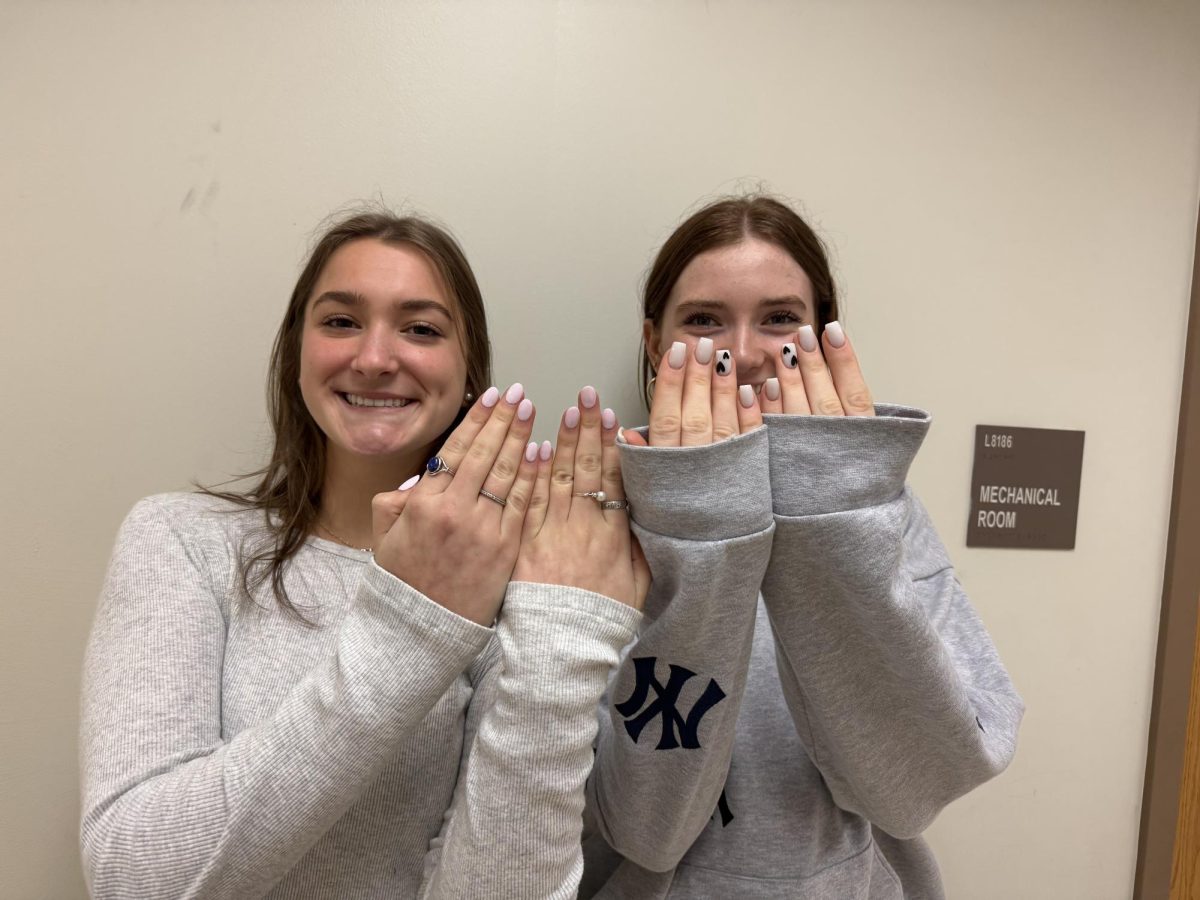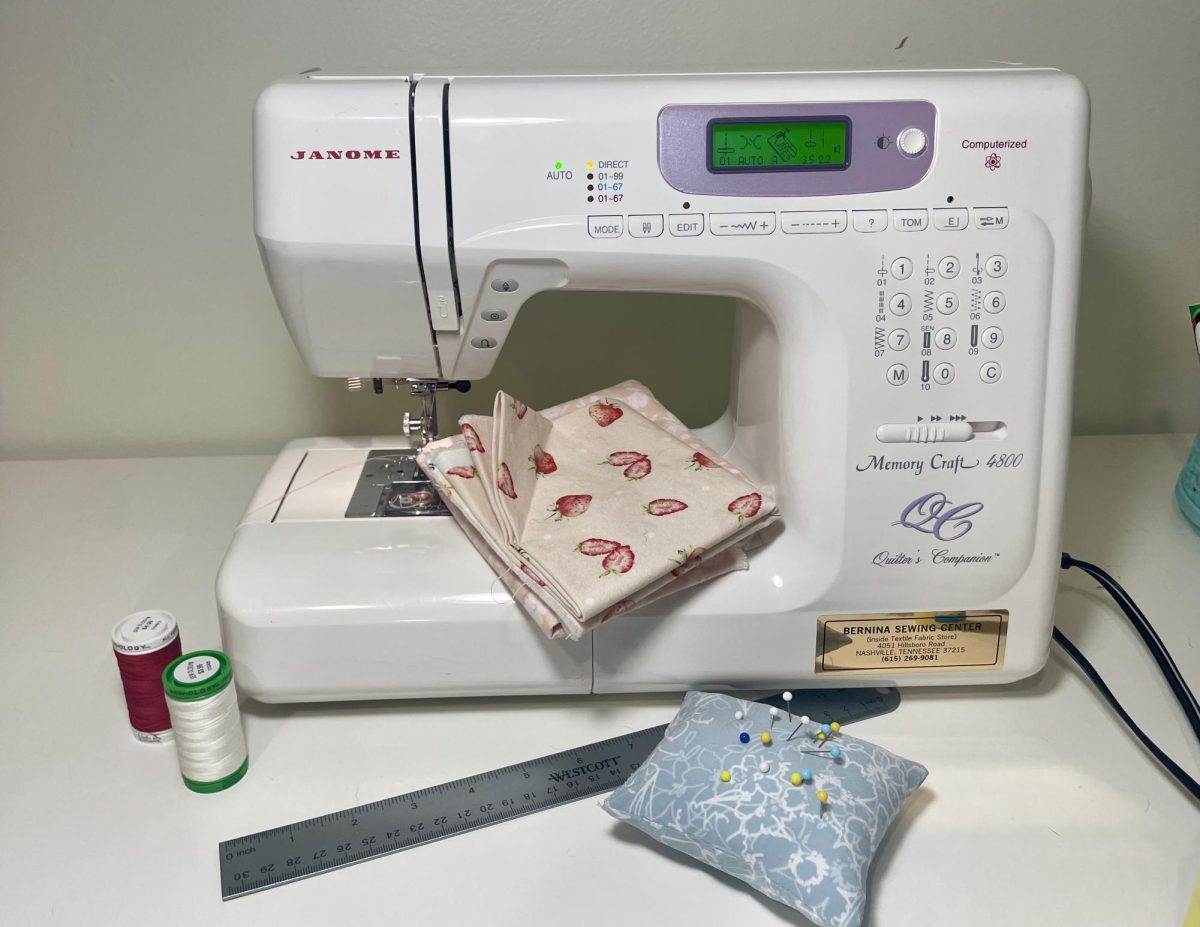Gel manicures are trendy, especially with the students of North Atlanta. Gel nails are often glossier, smoother, and more durable than regular polish. However, these manicures are subject to controversy. Gel polish contains many more chemicals in the application and removal and a UV lamp is required to cure the polish. This can lead to many health issues such as nail damage and weakness, as well as skin reactions and UV risk.
A main concern regarding gel manicures is how they weaken your nails and lead to damage. Strong chemicals such as methacrylate can deteriorate nail plates and composition, leading to brittle and weak nails after the gel polish is removed. The removal process also requires the use of stronger chemicals such as acetone. Acetone is soaked on the polish and nail beds for removal and dehydrates them, leading to cracks, breakage, and peeling. This becomes a concern when gel manicures become a regular part of someone’s routine. The harsh chemicals along with lengthy removal processes can lead to cumulative damage as the cycle of manicures continues. “I used to get gel all the time, but then my nails slowly began to hurt and weaken,” said sophomore Francie Herring.
Another major health risk associated with gel nails is that they must be cured under UV light. Consistently strong exposure to ultraviolet rays on your nail beds can lead to dryness and hardening. Not only does this result in nail damage but it also causes skin damage. UV rays can cause dryness, burns, and irritation to the skin on your hands. Intense UV rays can also lead to DNA and skin cell mutations, introducing the risk of skin cancer. Although UV exposure during a manicure is short and mainly on your hands, it is intense and can still cause harsh damage and irritation. There is also no protection for your skin during UV curing, so it faces the effects fully, facing more risks of cell mutations in the process. “The UV strength from gel curing was beginning to burn my skin, so I took a break from it for a while and tried out a few alternatives.” said junior Audrey Khayat.
The most common issues students have been facing recently are allergic reactions and irritation. While many people do not face these the first few times they get a gel manicure, the repeated exposure to chemicals and UV light leads to skin cell damage that makes your skin more susceptible to irritation and allergic reactions, such as contact dermatitis. This causes burning, itching, and inflammation on the nail beds, cuticles, and sometimes even the hands. After this, many people have to be careful to not infect the nails worse, and avoid worsening their hypersensitivity. “I have super sensitive skin, and had to stop getting gel and switch to SNS because my cuticles were in a lot of pain,” said junior Genevieve Sharma.
Gel manicures have been around for a long time and many people can get them without facing any skin conditions, however, it is important to know about the risks and understand when it is time to take a break. Manicures are a popular form of self-care and hygiene, but when it is ultimately bringing harm and posing current and future problems to your health, it may be best to try out something new.














